In our fast-paced world, productivity has become a coveted skill. Whether you're a student, professional, or entrepreneur, the ability to efficiently manage your time and tasks can significantly enhance your success and well-being. Here are some tried-and-true tips and tricks to optimize your productivity.
The Eisenhower Matrix

Dwight D. Eisenhower had a remarkable history and a legacy of significant achievements. Born in Texas in 1890, Eisenhower rose to prominence as a commanding general during World War II, leading the Allied forces to victory in Europe. His military success and leadership skills paved the way for his presidency.
Eisenhower's Achievements were notable. He focused on easing Cold War tensions, negotiating peace treaties, and advocating for a balanced budget in domestic policy. Eisenhower's presidency saw the desegregation of schools and the complete desegregation of the Armed Forces, emphasizing equality for all citizens.
One of Eisenhower's most enduring legacies is the creation of the Interstate Highway System, a massive infrastructure project that transformed transportation in the United States. Additionally, he established NASA and signed the Civil Rights Act of 1957, showing a commitment to progress and innovation.
The Eisenhower Matrix, also known as the Eisenhower Method, is a powerful task management tool that can revolutionize how you prioritize and tackle your to-do list. Named after Dwight D. Eisenhower, the 34th President of the United States and a five-star general, this method helps you categorize tasks based on their urgency and importance, enabling you to focus on what truly matters. By dividing tasks into four quadrants – Do, Schedule, Delegate, and Delete – the Eisenhower Matrix guides you in making informed decisions about where to direct your time and energy for maximum productivity and goal achievement.
Understanding the Eisenhower Matrix
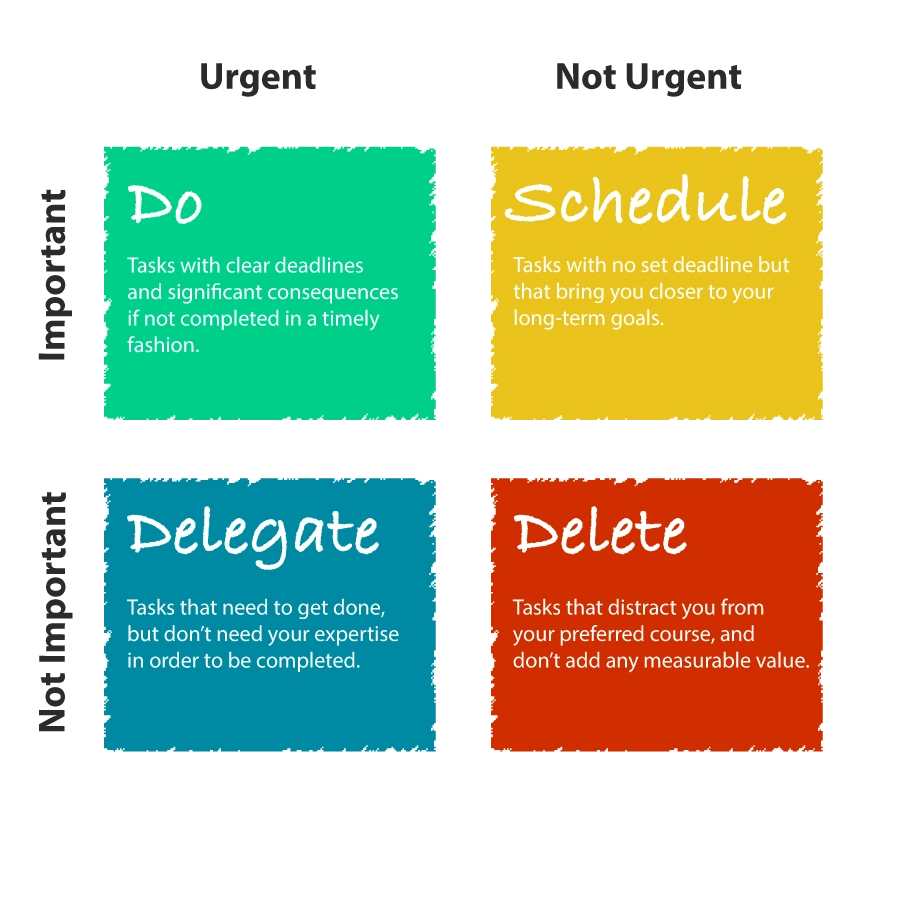
The core principle of the Eisenhower Matrix lies in distinguishing between urgent and important tasks. Urgent tasks demand immediate attention and often have clear consequences if not completed promptly. On the other hand, important tasks contribute to your long-term goals and values, even if they may not be time-sensitive. By recognizing the difference between urgency and importance, you can effectively allocate your resources and efforts where they will have the most significant impact.
Quadrants of the Eisenhower Matrix
- Quadrant 1: Do (Urgent and Important)
- Tasks in this quadrant are both urgent and important, requiring immediate action. These are the critical, time-sensitive tasks that directly impact your goals and well-being.
- Quadrant 2: Schedule (Important but Not Urgent)
- This quadrant houses tasks that are important for your long-term success but do not have immediate deadlines. Scheduling these tasks for later ensures you invest time in activities that align with your objectives.
- Quadrant 3: Delegate (Urgent but Not Important)
- Tasks that are urgent but not important can be delegated to others. By assigning these tasks to team members or colleagues, you free up your time to focus on high-priority activities.
- Quadrant 4: Delete (Not Urgent and Not Important)
- Tasks that fall into this quadrant are neither urgent nor important and serve as distractions. Deleting or eliminating these tasks from your list helps declutter your workload and prioritize effectively.
Tips for Implementing the Eisenhower Matrix
- Color-code your tasks Use color-coding to visually differentiate between task priorities. Assign colors like green for highest priority, yellow for secondary tasks, blue for delegate, and red for tasks to delete.
- Limit tasks per quadrant To maintain focus and efficiency, aim to limit the number of tasks in each quadrant, ideally to around 10 items. This practice prevents overwhelm and ensures you concentrate on what truly matters.
Use the Pomodoro Technique
The Pomodoro Technique is a time management method that involves working in short, focused bursts. Here's how it works
- Choose a task.
- Set a timer for 25 minutes.
- Work on the task until the timer rings.
- Take a 5-minute break.
- Repeat the cycle four times, then take a longer break (15-30 minutes).
This technique can improve focus and prevent burnout by balancing work and rest.
Implement the Two-Minute Rule
If a task can be done in two minutes or less, do it immediately. This simple rule, popularized by productivity expert David Allen, prevents small tasks from piling up and cluttering your to-do list.
Leverage Technology
To effectively apply the Eisenhower Matrix using Life Planner, you can streamline your task management and prioritize your activities based on urgency and importance.
Task Creation
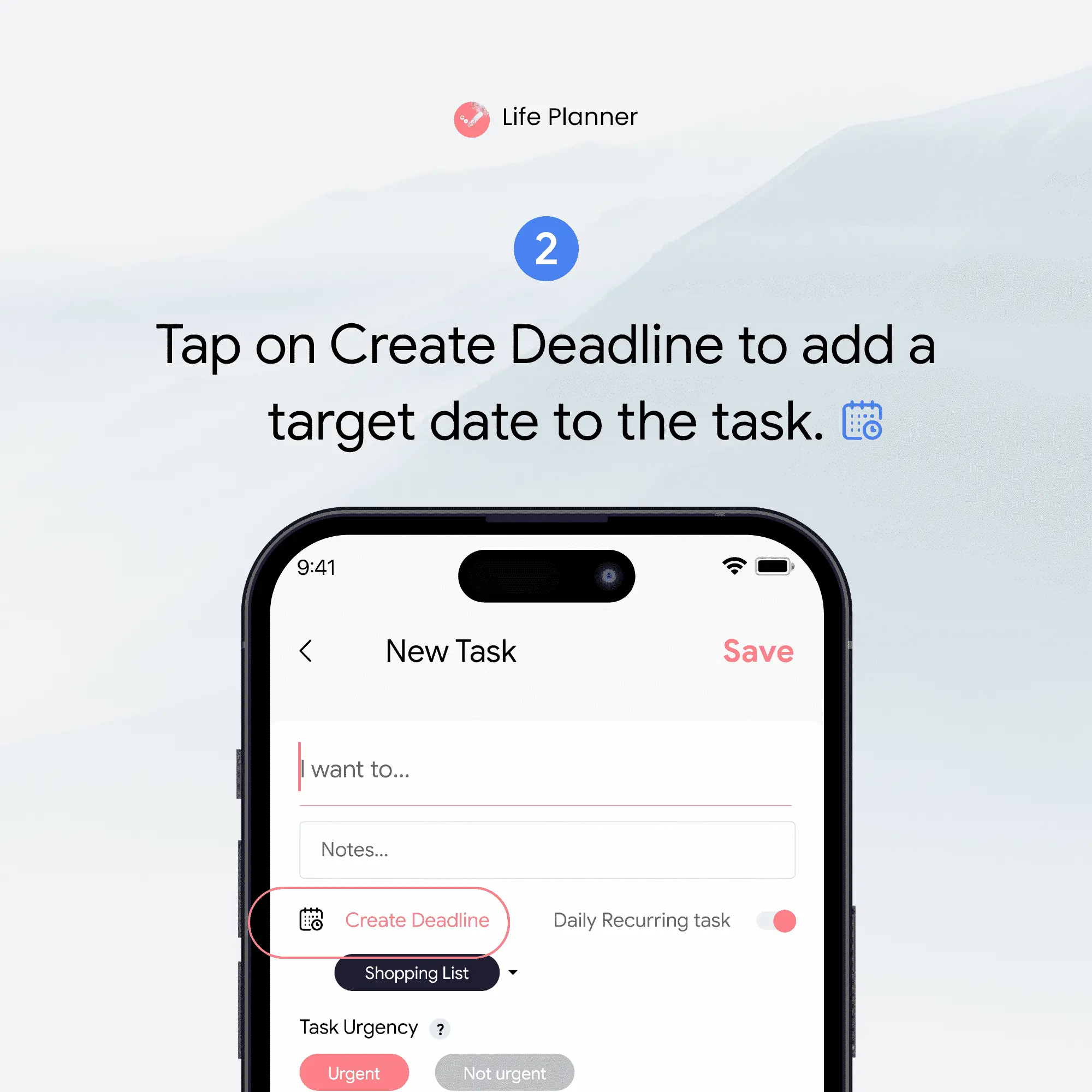
- Open the Life Planner app on your device.
- Look for the option to create a new task or tap on the plus icon to add a task.
- Enter the task title, description, due date, and any other relevant details.
Assigning Quadrant Category
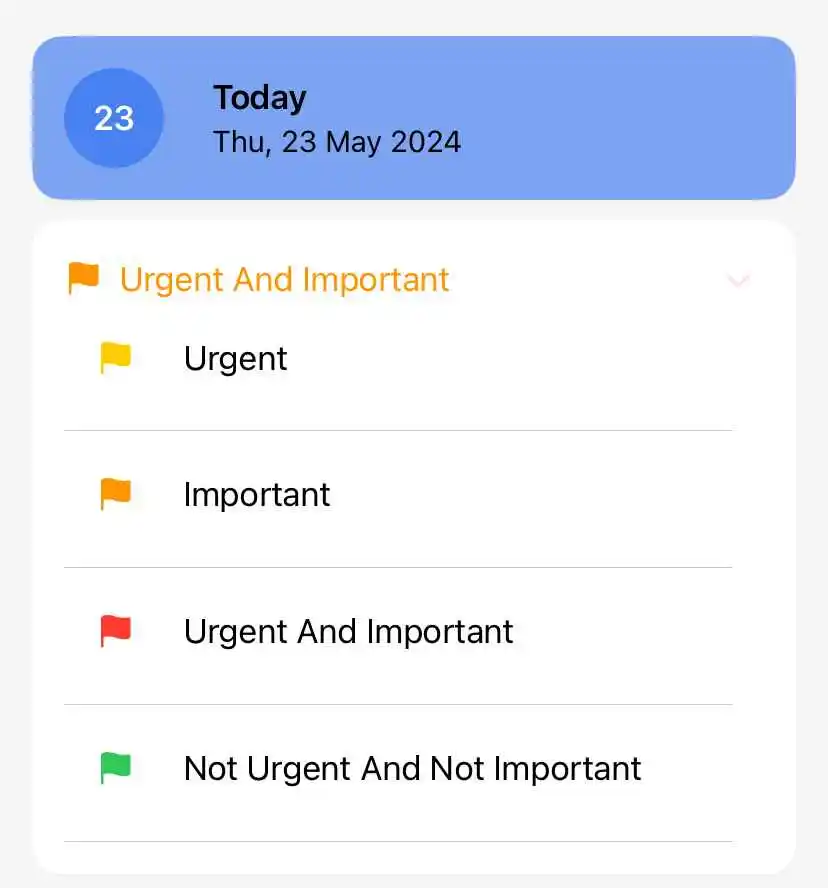
- Identify the four quadrants of the Eisenhower Matrix within the app interface: Urgent, Important, Urgent and Important, and Not Urgent and Not Important.
- Choose the quadrant that best fits the nature of the task you created.
- For urgent and important tasks, assign them to the "Urgent" quadrant.
- For important but not urgent tasks, place them in the "Important" quadrant.
- Tasks that are urgent but not important should go into the "Urgent" quadrant.
- Tasks that are neither urgent nor important should be categorized in the "Not Urgent and Not Important" quadrant.
Saving and Finalizing
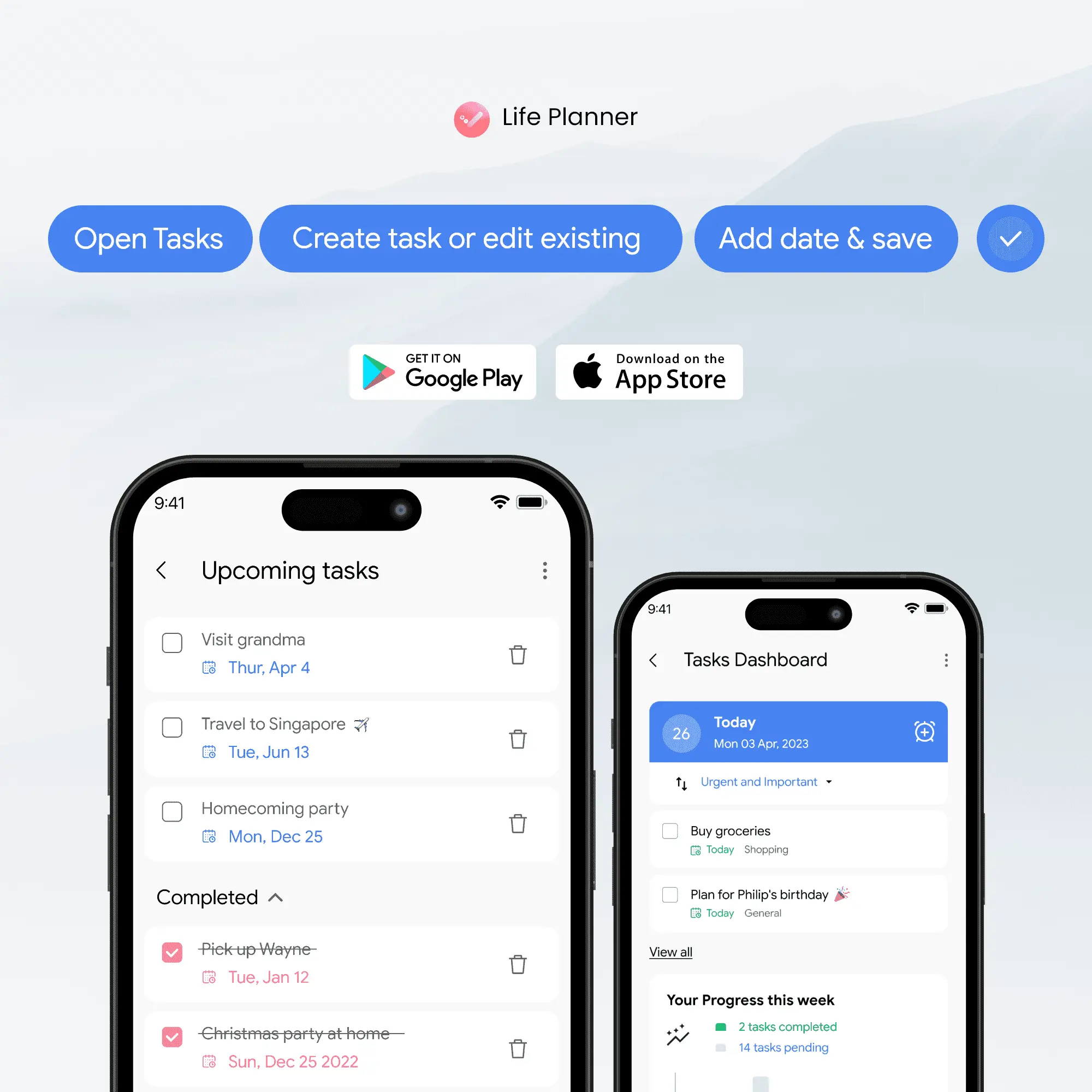
- Once you have selected the appropriate quadrant for the task, save or confirm the categorization.
- The task should now be visually represented within in Life Planner under the corresponding Eisenhower Matrix quadrant.
Review and Adjustment
- Periodically review your tasks categorized in the quadrants to ensure they align with your priorities.
- Adjust task categories as needed based on changing deadlines or importance levels.
Declutter Your Workspace

A cluttered workspace can be a significant source of distraction. Take a few minutes each day to tidy up your desk. A clean and organized workspace can enhance focus and efficiency.
Practice Mindfulness and Meditation
Mindfulness and meditation can improve concentration and reduce stress. Even a few minutes of daily meditation can help you maintain focus and stay calm under pressure. Apps like Headspace and Calm offer guided meditation sessions specifically designed for busy individuals.
Adopt the "Eat That Frog" Approach
Brian Tracy’s “Eat That Frog” concept suggests starting your day with the most challenging task. Completing this task first thing in the morning provides a sense of accomplishment and sets a productive tone for the rest of the day.
Limit Multitasking
Contrary to popular belief, multitasking can reduce productivity and increase errors. Focus on one task at a time to achieve better results. Techniques like time blocking can help you allocate dedicated time slots for specific activities, ensuring focused effort.
Take Regular Breaks and Move Around
Regular breaks are crucial for maintaining productivity. Short breaks during work hours can rejuvenate your mind and prevent fatigue. Incorporate physical activity, like stretching or a short walk, to boost energy and creativity.
Interested in delving deeper into the Eisenhower Matrix? consider these books
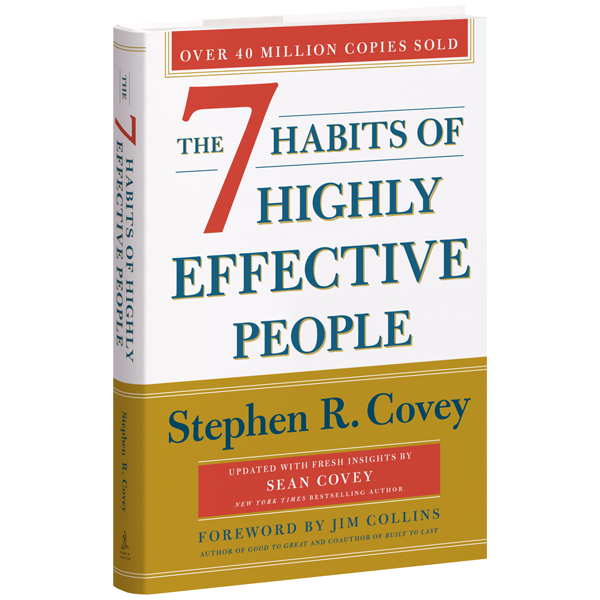
The 7 Habits of Highly Effective People by Stephen R. Covey

Getting Things Done: The Art of Stress-Free Productivity by David Allen
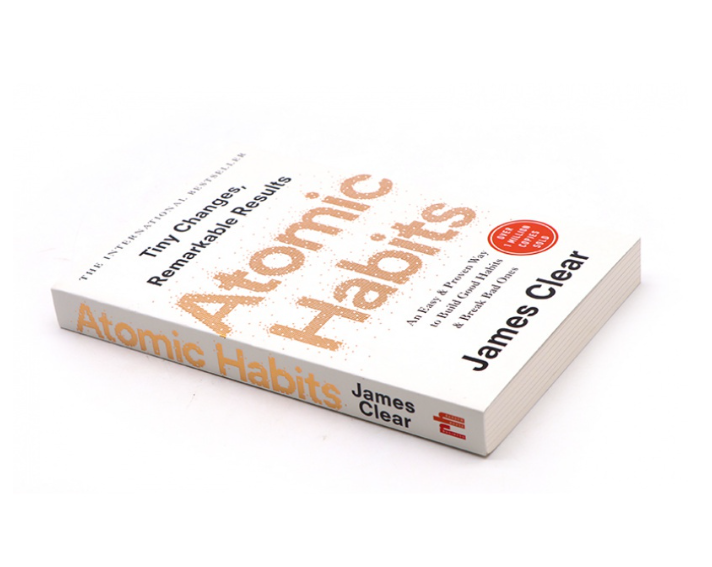
Atomic Habits by James Clear

Essentialism: The Disciplined Pursuit of Less by Greg McKeown
Remember
Optimizing productivity is about finding what works best for you and consistently applying those strategies. Experiment with these tips and tricks, and don't be afraid to adjust them to suit your personal style and needs. Remember, productivity is not just about working harder, but about working smarter and maintaining a healthy balance in your life. Embrace these methods, and watch as they transform how you approach your tasks and priorities. Happy optimizing!